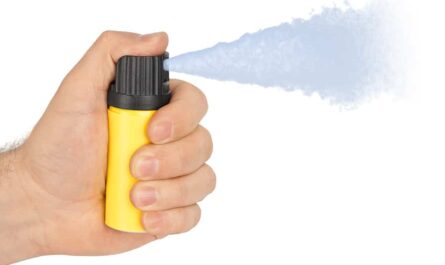The Invention and Development of Lycra
Lycra was invented in 1958 by DuPont chemists Joseph Shivers and DuPont employees. At the time, both DuPont and Union Carbide were working to develop synthetic fiber alternatives to natural rubber. Shivers and his team succeeded in producing the first Lycra fibers. They realized Lycra’s stretchy qualities made it well-suited for clothing applications.
Initially, Lycra was sold under the name “Lycra.” The fabric proved popular for swimsuits and exercise apparel due to its exceptional elasticity and ability to contour to the body. Lycra-cotton blends also found use in blue jeans for a more flexible fit. Throughout the 1960s and 70s, Lycra incorporation in apparel grew steadily as fabric manufacturers and designers experimented with new blend ratios. By the 1980s, Lycra had become a common fabric in leggings, yoga pants, shapewear, and other active and streetwear.
Increasing Usage in Sports, Dance, and Activewear
The elastic and body-hugging properties of Lycra made it uniquely fitting for sports, dance, and other active applications. Leotards and unitards made from Lycra-nylon blends allow dancers maximum mobility and flexibility. For gymnastics and other high-intensity sports like cycling, Lycra leggings and unitards provide compression and support. With every movement and stretch, Lycra conforms closely to the body without restraint.
Sports bras incorporating Lycra fabric panels or elastics allow for better breathability, range of motion, and impact absorption during high-impact activities. Running tights and shorts blend Lycra for a close, non-binding fit. Even basketball uniforms and soccer kits today contain Lycra to manage moisture and give athletes freedom of movement. Its effective wicking and quick-drying benefits make Lycra a staple for activewear and athleisure ranges as well.
New Developments and Commercial Products
Advancements in Spandex production have increased strength, made fibers finer, and expanded dyeing options. Micro-Lycra with finer denier counts provides compression and contouring without excess bulk. New four-way stretch fabrics utilize mini-Lycra ribs for multidirectional elongation. Military uniforms today contain moisture-wicking, abrasion-resistant Lycra blends. Specialty fabrics incorporate Lycra with other performance fibers like Coolmax or Silverescent for added benefits.
Lycra innovatively merges fashion and function. Shapewear shapers and body slimmers use lightweight Lycra to gently mold the figure. Bridal shapewear contains fine-tuned panels of Lycra for modesty and comfort on the wedding day. Hosiery innovatively blends Lycra for a seamless, natural second skin effect. Compression socks rely on graduated Lycra pressures to assist blood flow. innovative new performance undergarments leverage moisture-wicking Lycra blends with cooling minerals to regulate temperature and freshen the body.
The Ubiquity of Lycra in Modern Fashion
Casual and elegant clothing alike incorporate strategic panels of Lycra for a perfect tailored fit. Womenswear leggings, yoga pants and jeans contain Lycra for comfortable flexibility and texture. Dress pants fuse partial Lycra pockets or inserts for a flattering drape without compromising the garment’s dressiness. Luxury knits and sweater dresses add slimming Lycra accents. Menswear athletic shorts, slim chinos and performance polos integrate elastics for easy movement. Wrinkle-free travelfriendly business attire uses micro-Lycra blends.
Accessories like jackets, swimsuits and intimates contain Lycra panels for enhanced fit, wear and comfort factors. Even accessories like socks, hats, gloves and eyewear innovatively incorporate Spandex for full coverage, no slip grip and stress-free wear. The fabric’s minimalist design allows full visibility of other material textures like lace, cutwork or woven patterns.
Modern Lifestyle Applications
Cutting edge materials research pioneers advanced uses like antibacterial, moisture-wicking and odor-resistant Lycra blends. Medically-tailored performance garments use breathable Lycra support for post-surgery recovery or injury rehabilitation. Outdoor and camping gear creates hardwearing Lycra-nylon blends for hiking pants, jackets and gloves. Home innovations integrate Lycra for ultra-soft yoga mats and exercise bands. Cutting edge technologies merge Lycra, microfiber meshes and gentle elastics for futuristic smart textiles. The fabric’s flexibility future-proofs it for emerging health, lifestyle and industrial innovations ahead.
From activewear to high fashion, modern living would be unimaginable without versatile Spandex. Its unique combination of elasticity, contouring and performance properties revolutionized the textile design process. Experimental new blends push boundaries in the medical, industrial, home and personal technology spheres. As technology progresses, Lycra adapts to fulfill both functional and expressive needs. After over half a century, this innovative engineering fiber remains on the cutting edge of contemporary materials science and design innovation.




